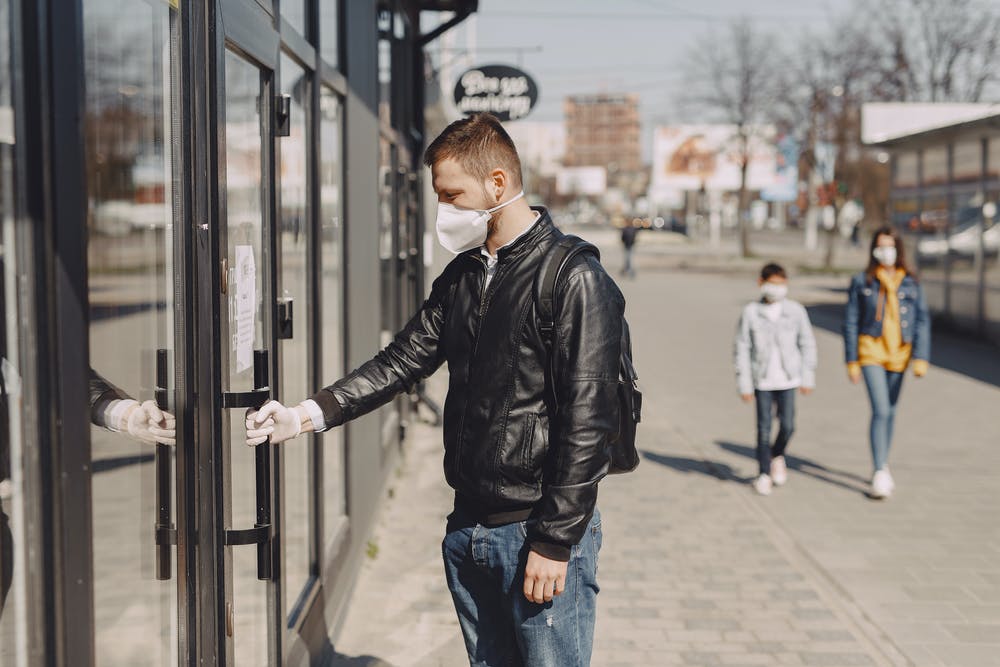Coronavirus (COVID-19) took the world by surprise when it shut down the majority of most communities within just a few months. COVID-19 closed schools, put people out of work, and all but halted international travel.
Travelers returned home desperate to stay safe from the virus. Months later, as communities begin to reopen, some are ready to resume their international travel despite the lingering COVID-19 pandemic.

COVID-19 Effects on Travel in the U.S.
The United States has closed its borders to most international travel, keeping borders open only to U.S. citizens until further notice. This has raised a lot of concerns. This has lead to immigrants, and foreign workers who typically reside in the U.S., being able to return.
It has also caused stress for travelers who were looking to travel to the United States for their summer vacations. As cities, and states across the country begin to reopen, international borders remain closed to tourists. The future of the U.S. tourism economy remains to look uncertain over the coming months due to an array of COVID-19 restrictions.
In 2018, there were 79.8 million international tourists entering the U.S. (Trade.Gov, U.S. Department of Commerce) If borders remain closed, the U.S. will have lost a lot of revenue due to lack of tourism. Communities that rely heavily on tourism may be in trouble.

COVID-19 Effects on travel beyond the U.S.
U.S. travelers remain banned from crossing borders into many European countries without emergency reasoning or proof of residency. Many of these border restrictions are similar to the ones in the U.S. with little to no time frame stating when the regulations will be lifted and travel will be able to resume as normal.
The European Union plans to reopen their borders on July 1st. There has been talk, though, about removing the U.S. from their list of approved visitors. This is due to the continuous spread of the virus across the United States.
To be safe, U.S. travelers should plan on staying within the country for this years vacation, as many borders may remain closed, and the rate spread of COVID-19 may increase again if travel rates increase.

What does this mean?
According to the CDC you should not travel if you are sick. You should not travel if you have been around someone who was experiencing symptoms within the last 14 days.
While travel between state borders is not being restricted, all non-essential travel should be avoided to help mitigate the spread of COVID-19 in our communities.
We are responsible for keeping our own communities safe by making smart choices, and limiting our non-essential travel. Find new ways to travel this summer, that don’t involve traveling internationally with COVID-19 still so prevalent around the world.
How has COVID-19 BEEN Affecting International Travel?
Read my article about Traveling Internationally During The COVID-19 Pandemic when I had to return to the U.S. from Germany in March, 2020.


Pingback: Positive for COVID-19: My Experience » A Travelers Secrets
Pingback: Road Trip During COVID-19: PA to CO » A Travelers Secrets